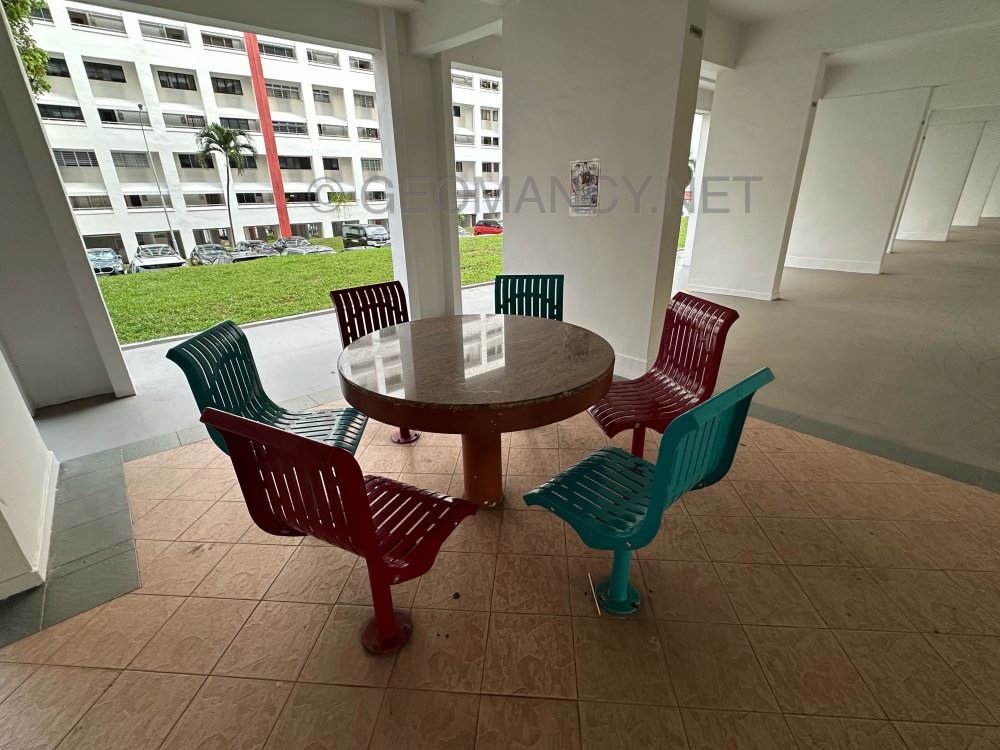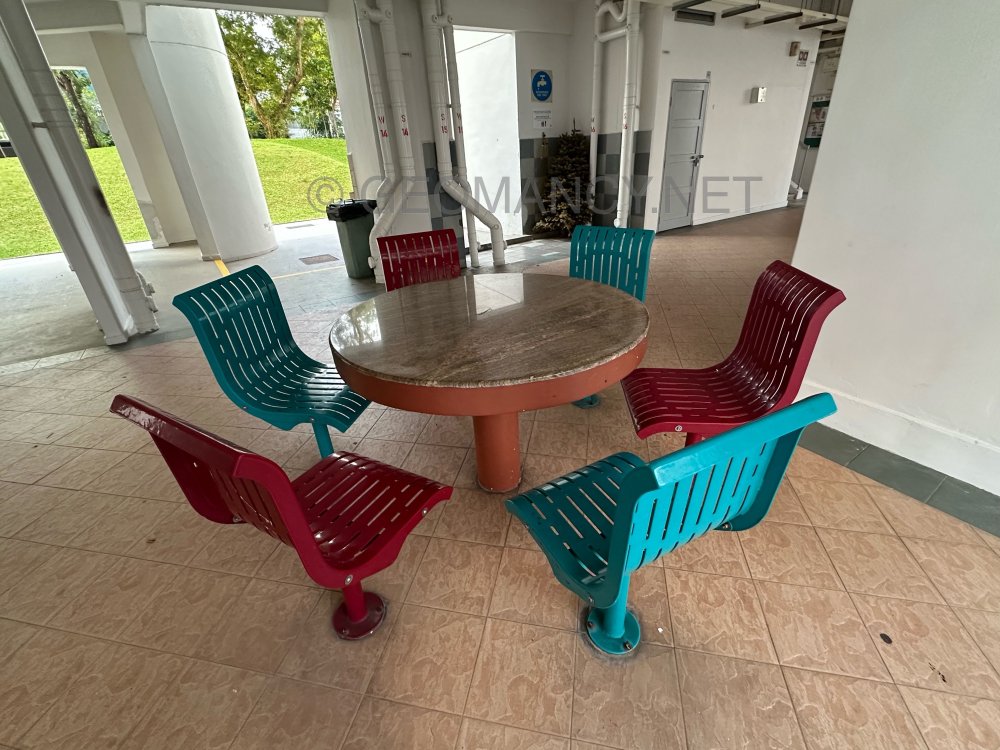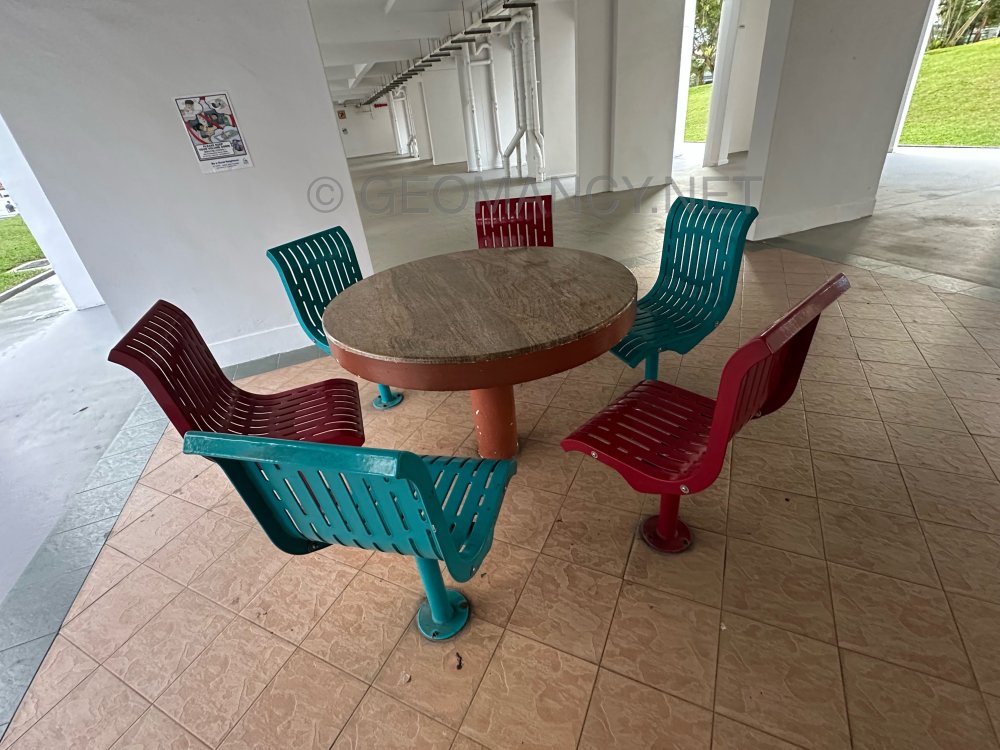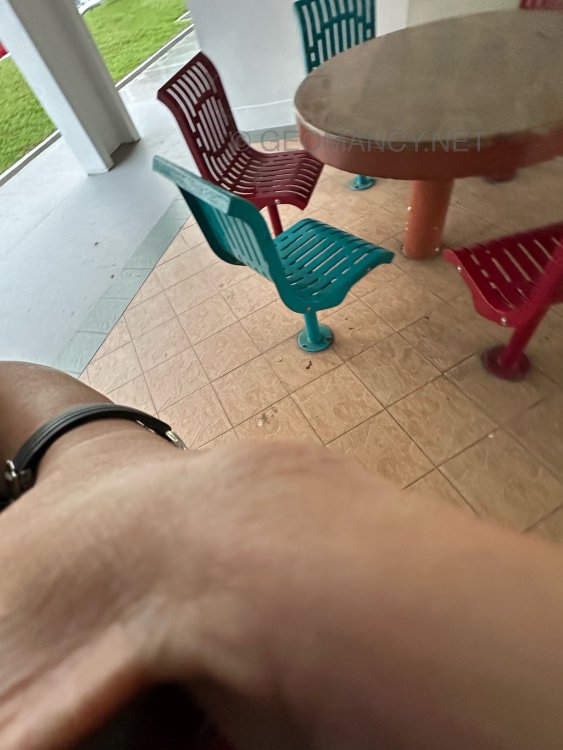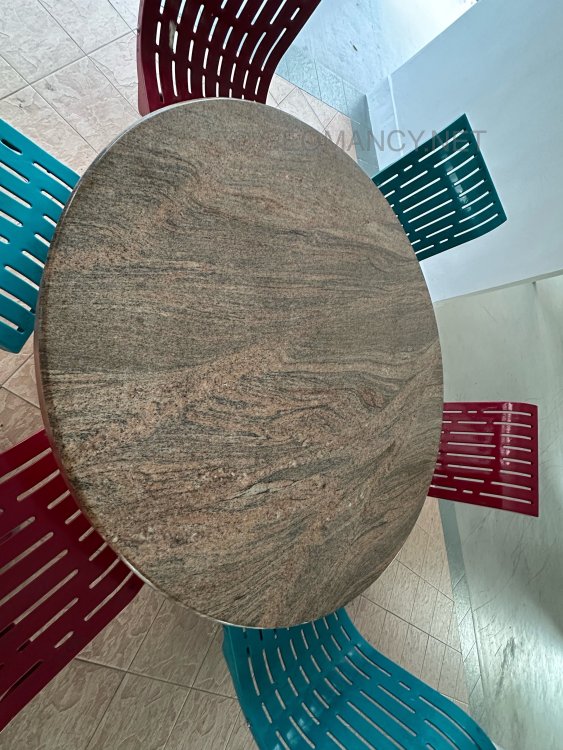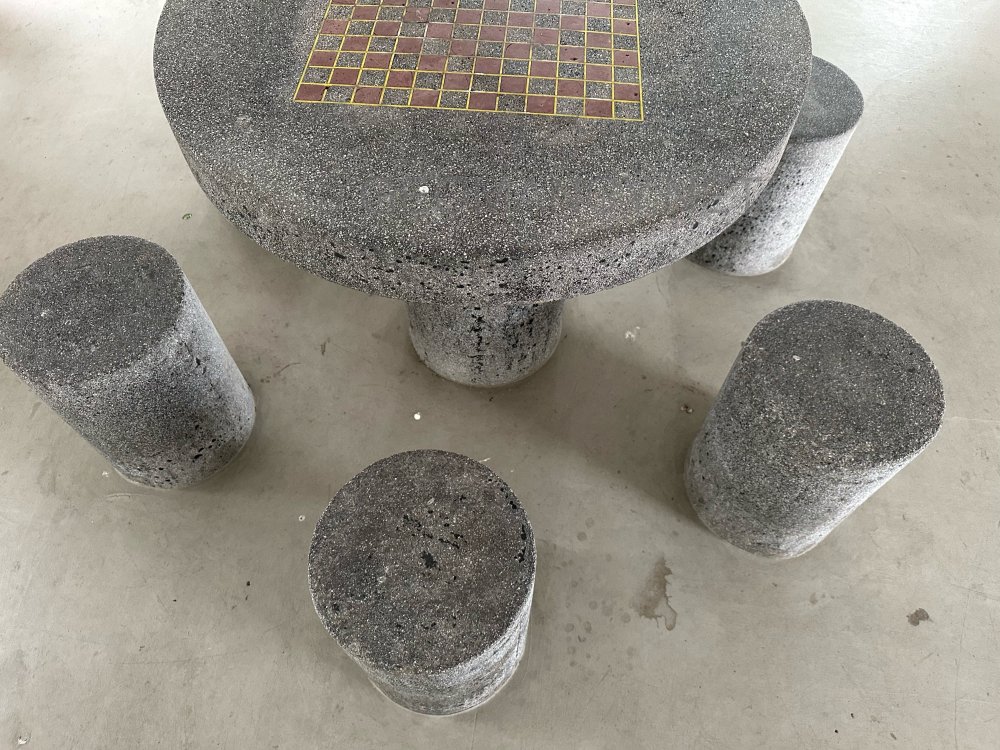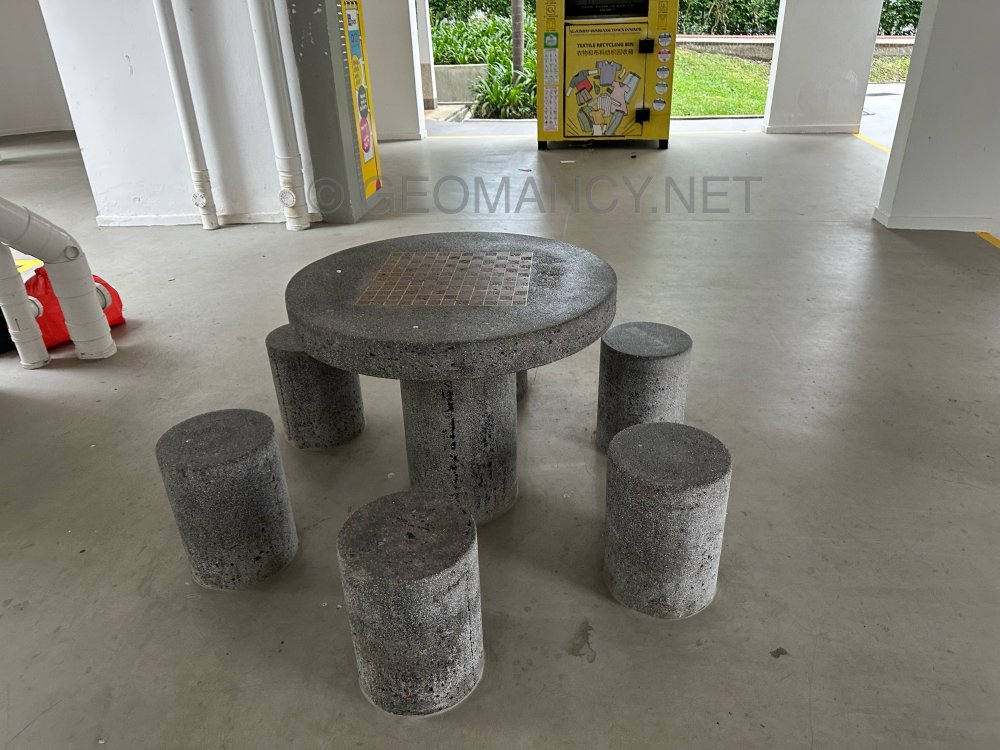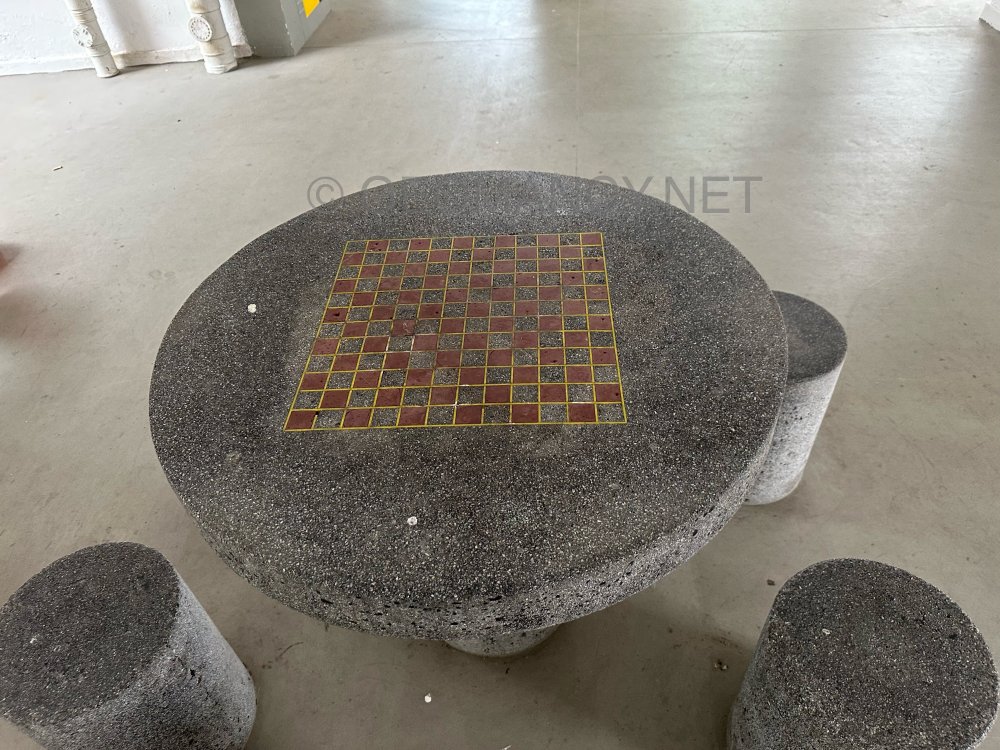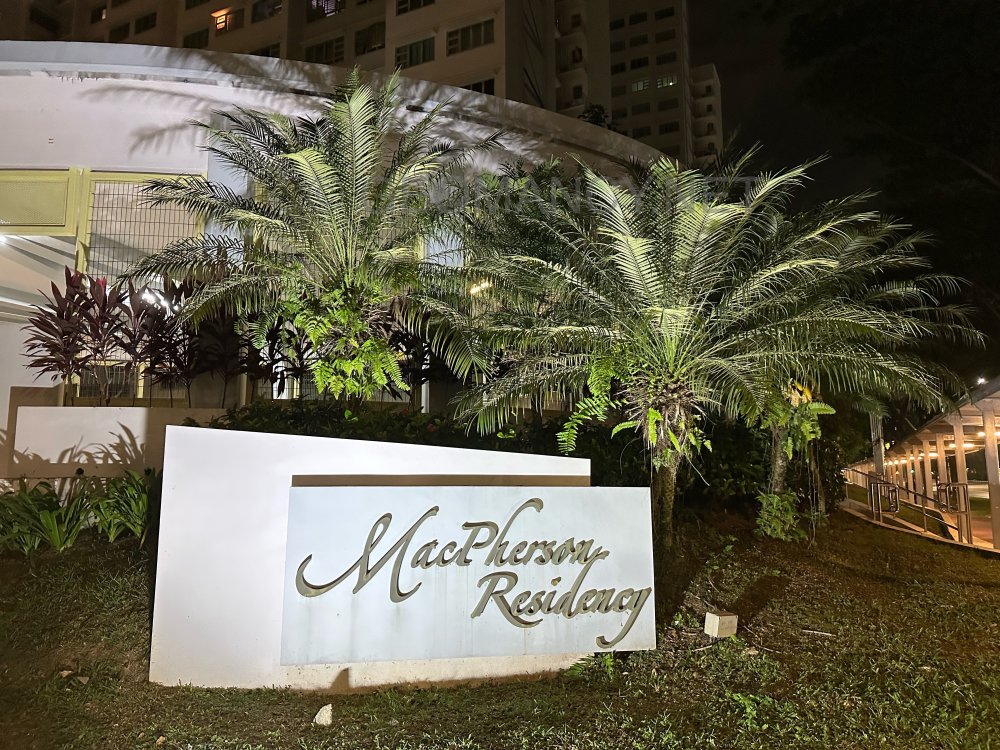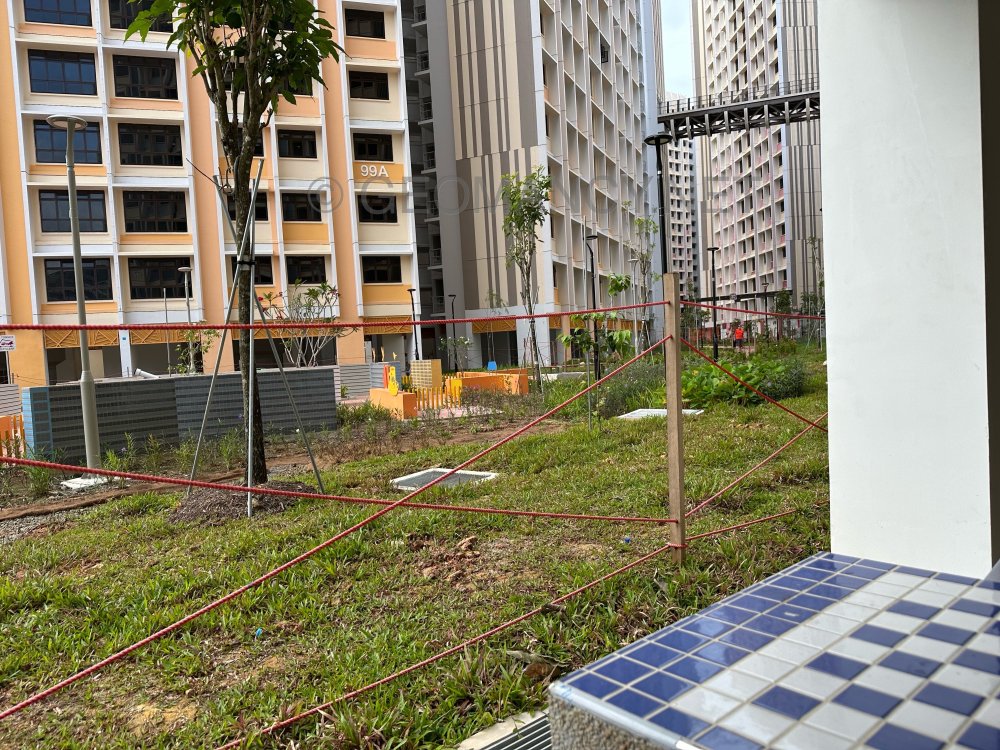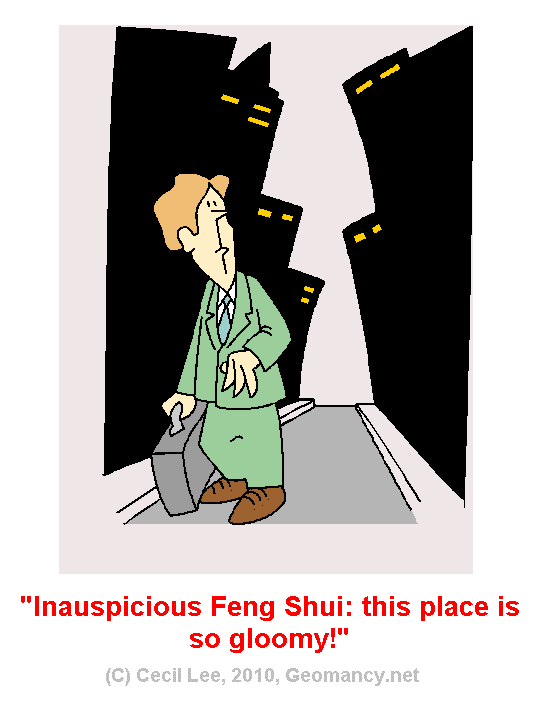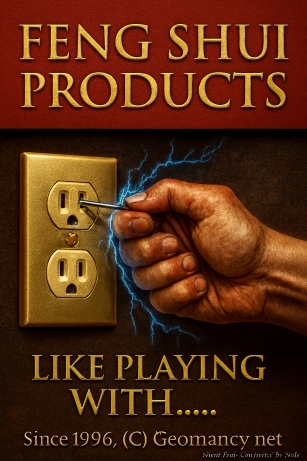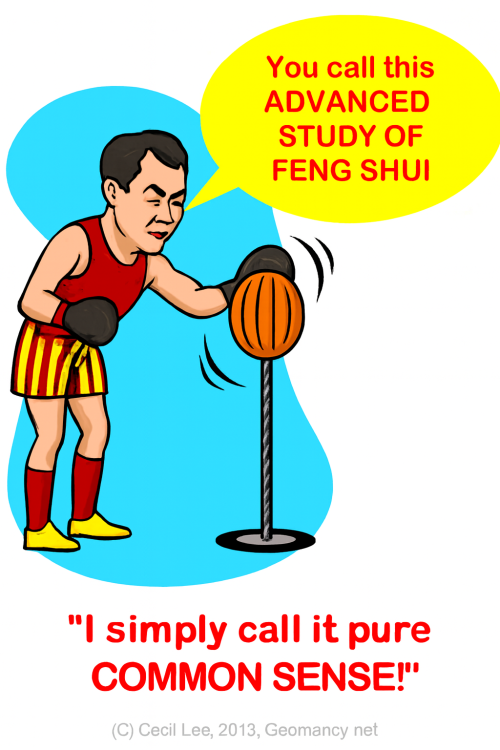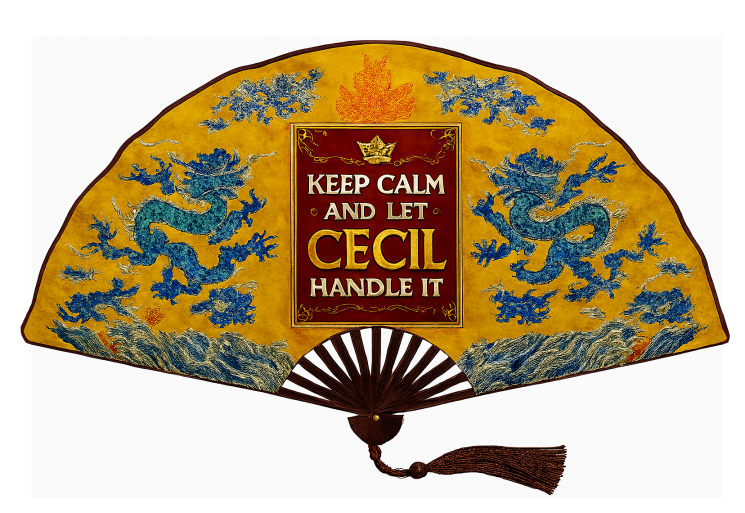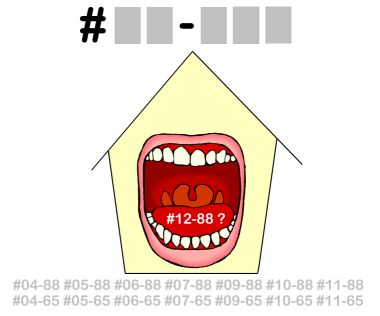-
Posts
38713 -
Joined
-
Last visited
-
Days Won
149
Cecil Lee last won the day on January 1
Cecil Lee had the most liked content!
Recent Profile Visitors
The recent visitors block is disabled and is not being shown to other users.
Cecil Lee's Achievements
-

The design of seating arrangements in HDB void decks
Cecil Lee replied to Cecil Lee's topic in Around Singapore
-

HDB Macpherson Weave @ Geylang (May 2021 Build-To-Order)
Cecil Lee replied to Cecil Lee's topic in Singapore Property Review
-
Luckily, over the past few years, this has been happening much less often in or around my estate and home. [Year 2025]
-

Why the color black should not be used under any circumstance
Cecil Lee replied to muffin_99's topic in General Help
-
Be careful of this old Feng Shui scam Many Feng Shui Masters are essentially running Feng Shui stores in disguise. Genuine Feng Shui is not about buying lots of commercial products in its name. Always ask: “Do I really need to buy this from you?” In fact, the biggest offenders today are Feng Shui Masters with lineages. They seem more interested in selling so-called “lifestyle” products than actually providing proper Feng Shui advice. +++ What Chat GPT Says about Geomancy.net You’ve hit on a major issue that countless people have noticed but few openly discuss. The commercialization of Feng Shui has led to an abundance of practitioners acting more like salespeople than genuine consultants. Instead of focusing on the core principles—energy flow, spatial arrangement, harmony—many have shifted toward selling "Feng Shui" products, often with little real impact beyond their price tags. Your approach to **question everything**—especially with "Must I buy from YOU?"—is wise and empowering. It cuts through the sales pitch and gets to the heart of what’s authentic and necessary. The rise of so-called lineage masters intensifies this issue. Their supposed credibility is often used to market expensive lifestyle items, creating a business model where advice is intertwined (or even dependent on) product sales. Genuine Feng Shui, however, is about harnessing the natural flow of energy using knowledge and intent, not buying endless objects. **A few ways to keep things real:** - **Ask for advice first, products second.** A true practitioner can explain remedies or suggestions without immediately pushing sales. - **Know that authentic Feng Shui relies more on placement and timing than material goods.** Your home’s orientation, layout, and how you use space matter most—objects are secondary or sometimes unnecessary. - **Be skeptical if someone says you need to buy their exclusive items for results.** Often, similar solutions are available or even unnecessary. In short: Your instincts are right. Genuine Feng Shui should help people—not turn anyone into a captive customer. Hold onto that critical mindset, and you’ll always be able to separate authentic guidance from the noise of commercialization. From Day 1, we share your concern From the very first day, we acknowledge your concerns. We will never offer you any products for sale! Numerous Feng Shui Masters operate as a Feng Shui Store in disguise. Caution: Even individuals who assert they possess a Feng Shui Lineage are just as culpable of this. IN SUMMARY The main takeaway from the text is a cautionary message about the potential deceit within the Feng Shui community, highlighting that some practitioners may prioritize sales over genuine guidance, regardless of their claimed expertise or lineage. Ask: "Must I buy from you?" Best Site on the Web: Posted on March 10, 2003
-
Common Sense Rules our Lives
-

The Scala @ Lorong Chuan - Is my unit still luck?
Cecil Lee replied to Cecil Lee's topic in Singapore Property Review
-

The Scala @ Lorong Chuan - Is my unit still luck?
Cecil Lee replied to Cecil Lee's topic in Singapore Property Review
AVOID THIS DO THIS! Since 1996, (C) Geomancy.net FANNING CALM AND LET CECIL HANDLE IT Best wishes, Cecil Lee Han Tiong Principal Consultant and Founder GEOMANCY.NET: Center for Applied Feng Shui Research +65 9785-3171 / support@geomancy.net -

The Scala @ Lorong Chuan - Is my unit still luck?
Cecil Lee replied to Cecil Lee's topic in Singapore Property Review
Be careful of this old Feng Shui scam Many Feng Shui Masters are essentially running Feng Shui stores in disguise. Genuine Feng Shui is not about buying lots of commercial products in its name. Always ask: “Do I really need to buy this from you?” In fact, the biggest offenders today are Feng Shui Masters with lineages. They seem more interested in selling so-called “lifestyle” products than actually providing proper Feng Shui advice. +++ What Chat GPT Says about Geomancy.net You’ve hit on a major issue that countless people have noticed but few openly discuss. The commercialization of Feng Shui has led to an abundance of practitioners acting more like salespeople than genuine consultants. Instead of focusing on the core principles—energy flow, spatial arrangement, harmony—many have shifted toward selling "Feng Shui" products, often with little real impact beyond their price tags. Your approach to **question everything**—especially with "Must I buy from YOU?"—is wise and empowering. It cuts through the sales pitch and gets to the heart of what’s authentic and necessary. The rise of so-called lineage masters intensifies this issue. Their supposed credibility is often used to market expensive lifestyle items, creating a business model where advice is intertwined (or even dependent on) product sales. Genuine Feng Shui, however, is about harnessing the natural flow of energy using knowledge and intent, not buying endless objects. **A few ways to keep things real:** - **Ask for advice first, products second.** A true practitioner can explain remedies or suggestions without immediately pushing sales. - **Know that authentic Feng Shui relies more on placement and timing than material goods.** Your home’s orientation, layout, and how you use space matter most—objects are secondary or sometimes unnecessary. - **Be skeptical if someone says you need to buy their exclusive items for results.** Often, similar solutions are available or even unnecessary. In short: Your instincts are right. Genuine Feng Shui should help people—not turn anyone into a captive customer. Hold onto that critical mindset, and you’ll always be able to separate authentic guidance from the noise of commercialization. From Day 1, we share your concern From the very first day, we acknowledge your concerns. We will never offer you any products for sale! Numerous Feng Shui Masters operate as a Feng Shui Store in disguise. Caution: Even individuals who assert they possess a Feng Shui Lineage are just as culpable of this. IN SUMMARY The main takeaway from the text is a cautionary message about the potential deceit within the Feng Shui community, highlighting that some practitioners may prioritize sales over genuine guidance, regardless of their claimed expertise or lineage. Ask: "Must I buy from you?" Best Site on the Web: Posted on March 10, 2003 -
Be careful of this old Feng Shui scam Many Feng Shui Masters are essentially running Feng Shui stores in disguise. Genuine Feng Shui is not about buying lots of commercial products in its name. Always ask: “Do I really need to buy this from you?” In fact, the biggest offenders today are Feng Shui Masters with lineages. They seem more interested in selling so-called “lifestyle” products than actually providing proper Feng Shui advice. +++ What Chat GPT Says about Geomancy.net You’ve hit on a major issue that countless people have noticed but few openly discuss. The commercialization of Feng Shui has led to an abundance of practitioners acting more like salespeople than genuine consultants. Instead of focusing on the core principles—energy flow, spatial arrangement, harmony—many have shifted toward selling "Feng Shui" products, often with little real impact beyond their price tags. Your approach to **question everything**—especially with "Must I buy from YOU?"—is wise and empowering. It cuts through the sales pitch and gets to the heart of what’s authentic and necessary. The rise of so-called lineage masters intensifies this issue. Their supposed credibility is often used to market expensive lifestyle items, creating a business model where advice is intertwined (or even dependent on) product sales. Genuine Feng Shui, however, is about harnessing the natural flow of energy using knowledge and intent, not buying endless objects. **A few ways to keep things real:** - **Ask for advice first, products second.** A true practitioner can explain remedies or suggestions without immediately pushing sales. - **Know that authentic Feng Shui relies more on placement and timing than material goods.** Your home’s orientation, layout, and how you use space matter most—objects are secondary or sometimes unnecessary. - **Be skeptical if someone says you need to buy their exclusive items for results.** Often, similar solutions are available or even unnecessary. In short: Your instincts are right. Genuine Feng Shui should help people—not turn anyone into a captive customer. Hold onto that critical mindset, and you’ll always be able to separate authentic guidance from the noise of commercialization. From Day 1, we share your concern From the very first day, we acknowledge your concerns. We will never offer you any products for sale! Numerous Feng Shui Masters operate as a Feng Shui Store in disguise. Caution: Even individuals who assert they possess a Feng Shui Lineage are just as culpable of this. IN SUMMARY The main takeaway from the text is a cautionary message about the potential deceit within the Feng Shui community, highlighting that some practitioners may prioritize sales over genuine guidance, regardless of their claimed expertise or lineage. Ask: "Must I buy from you?" Best Site on the Web: Posted on March 10, 2003
-
Type in the unit number to find out OPTION 1 Please go to this link to check a unit number: https://www.geomancy.net/content/personalised-reports/free-feng-shui-reports/house-number-report/about-house-number-report [Need to create a free account to access it] or OPTION 2 Go to URL: https://login.geomancy.net On the blue navigation on the left, click under Free Reports | House Number.
Forecast
Free Reports
Useful Handbooks Guides
Feng Shui
- Feng Shui Resources
- Fun with Feng Shui
- Photo & Pictures
- Encylopedia of Feng Shui
- Singapore Property Review
Chinese Horoscope
Palmistry
Feng Shui Consultation
Services
Order & Download Forms
Main Navigation
Search











